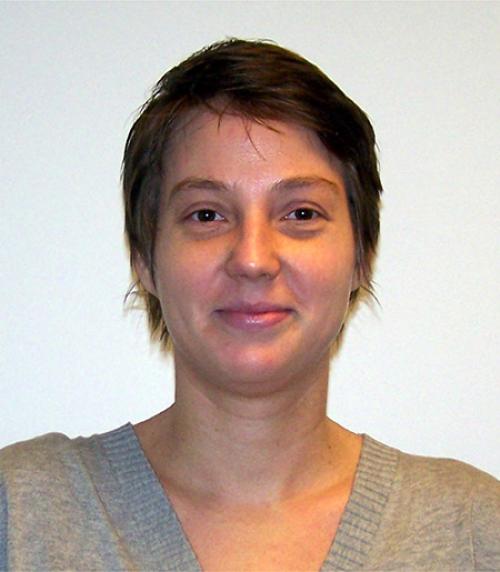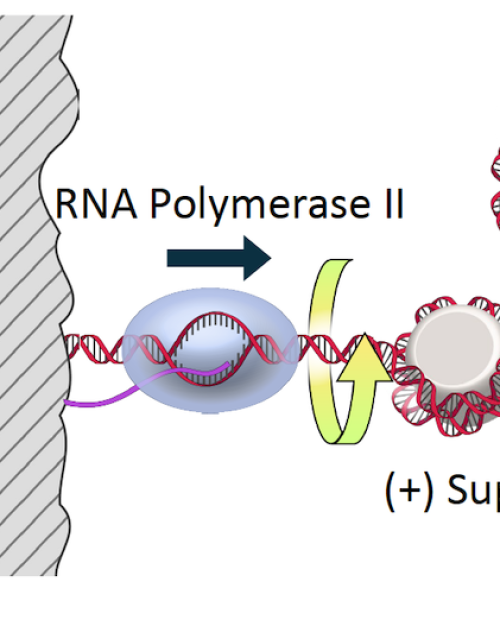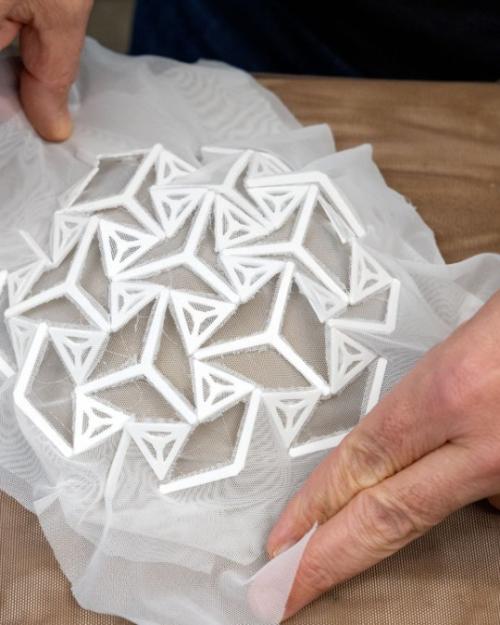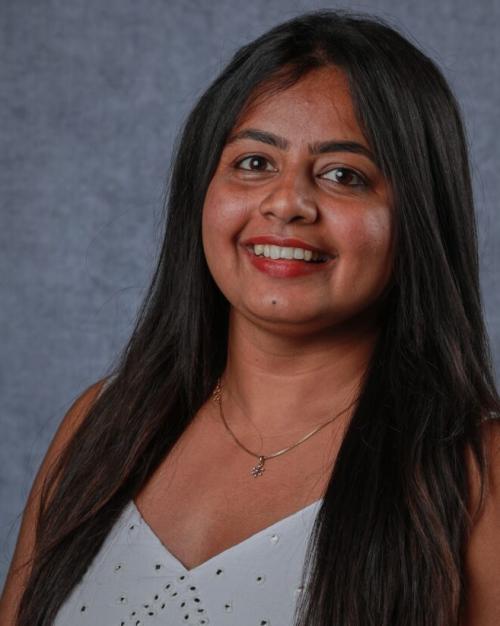Aleesha George is a doctoral candidate in chemistry and chemical biology from Kerala, India. She earned a bachelor’s degree in chemistry from Kerala University and a master’s degree in analytical chemistry from Mahatma Gandhi University in India and now studies the optical and electronic properties of organic and hybrid materials under the guidance of Andrew Musser at Cornell.
What is your area of research and why is it important?
I study the optical and electronic properties of organic and hybrid materials. More specifically, I investigate how molecules, polymers, or nanoclusters interact with light when placed inside an optical cavity (basically just sandwich them between two highly reflective mirrors). This enables the formation of new quasiparticles called polaritons which ultimately have mixed properties of both light and matter – something I like to describe as “light and matter getting married.” This research is important because it can lay the foundation for advanced technologies like quantum computing, low-power lasers, and advanced communication systems – all while utilizing more sustainable organic materials as compared to their inorganic counterparts.
What are the larger implications of this research?
The ability to harness light efficiently has the potential to transform global technology. My work could lead to faster, greener methods for data processing and communication, addressing urgent energy challenges as our digital world expands. These advances could reduce power consumption in industries ranging from telecommunications to computing, while also opening doors for breakthroughs in health care imaging and sensing. By pushing the boundaries of optical semiconductor technology, this research contributes to building more sustainable systems that align with society’s increasing demand for energy efficiency and technological innovation.
Can you tell us about your nonprofit, Adopt-A-Future?
I founded Adopt-A-Future, a grassroots initiative dedicated to supporting the education of girls from underrepresented and disadvantaged communities in India. The program operates along two pathways: first, by raising funds to provide scholarships and access to quality education, and second, by organizing science and English workshops that build skills, confidence, and pathways to higher education. The mission is to bridge opportunity gaps and show young girls that they can dream beyond their circumstances. Adopt-A-Future reflects my passion for combining science with social impact and ensuring that the next generation of women have more opportunities than I did.
Read the full story on the Cornell University Graduate School website.




